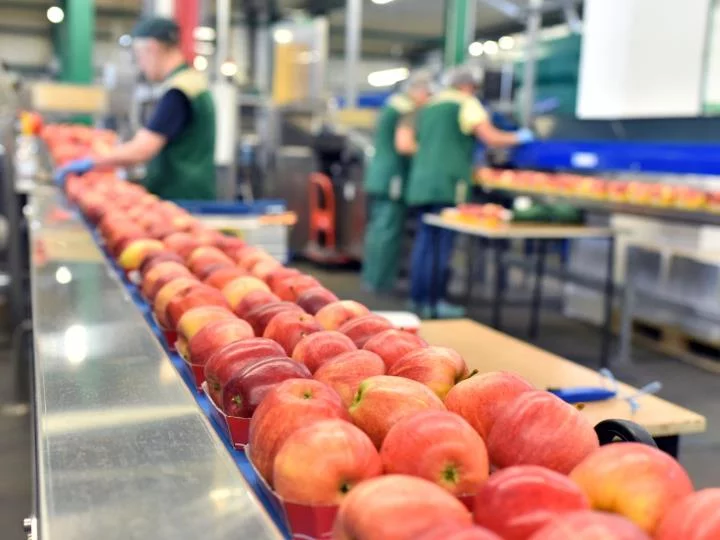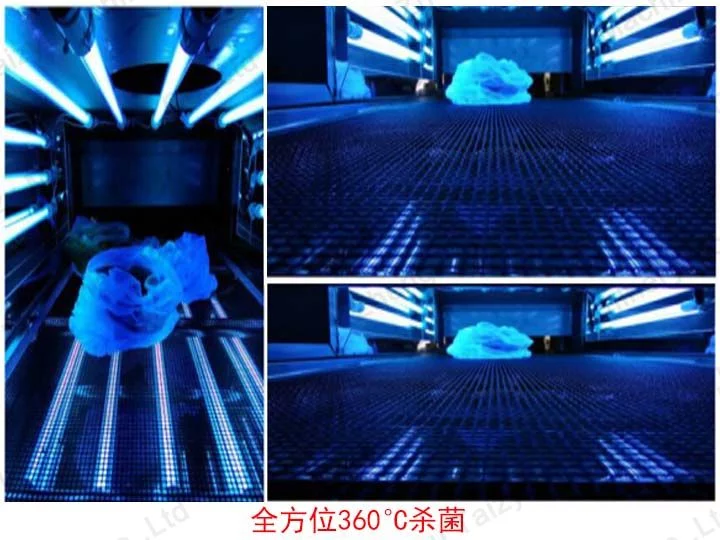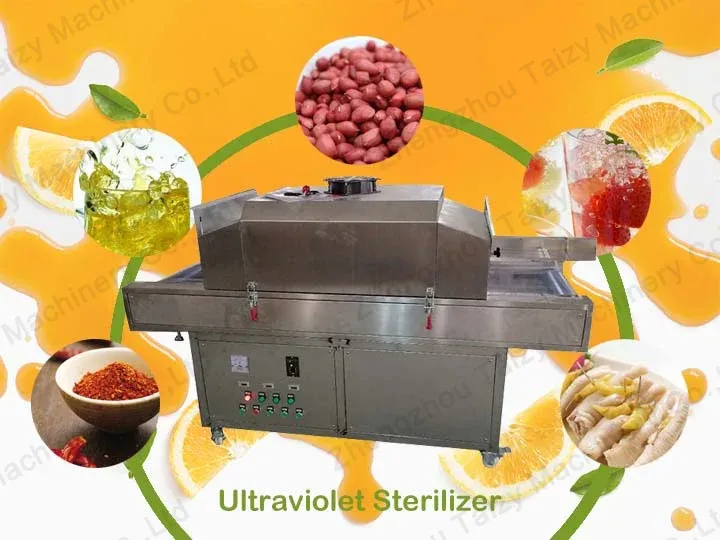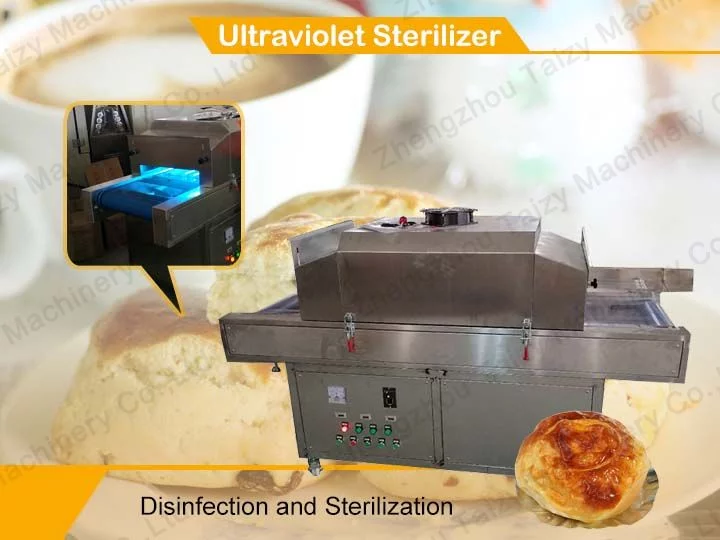Food safety is a paramount concern in the modern world. To ensure the safety and longevity of our food products, various sterilization methods and equipment have been developed and are available on the market. In this article, we will delve into the different types of food sterilizer machine currently available, with a special emphasis on UV sterilization machines.

Types of Food Sterilizer Machines
Heat Food Sterilisation Equipment
Heat sterilization is one of the most traditional methods used for preserving food. The two primary types are:
Boiling and Pasteurization: This method involves heating food to specific temperatures to kill harmful microorganisms. It is commonly used for dairy products, juices, and canned goods.
Autoclaves: Mostly used in the canning industry, autoclaves apply high-pressure steam to food containers, effectively destroying bacteria, viruses, and spores.
Chemical Food Sterilisation Equipment
Chemical sterilization relies on the use of various chemicals to kill or inhibit the growth of microorganisms. Common methods include:
Chlorination: Chlorine-based compounds are used to disinfect water and surfaces in food processing facilities.
Irradiation: Ionizing radiation is used to destroy bacteria and parasites in food, extending its shelf life.
Filtration Equipment
Filtration equipment employs physical barriers to remove microorganisms from food products. Common methods include:
Microfiltration: Using fine pores to trap and remove bacteria and yeast.
Ultrafiltration: Employing membranes with larger pores to separate macromolecules and particles.
UV Sterilization Machines
UV sterilization has gained popularity in recent years due to its non-thermal and chemical-free nature. UV food sterilizer machine utilize ultraviolet (UV-C) light to destroy the DNA of microorganisms, rendering them incapable of replication and causing their death. Using UV light to sanitize food is an economical and fast way to do so.
UV Sterilization Mechanism
Ultraviolet sterilizer machine emit UV-C light with a wavelength of 200-280 nanometers. This specific wavelength is highly effective at disrupting the DNA and RNA of microorganisms, preventing their ability to reproduce. UV-C light works by damaging the genetic material of pathogens, making them harmless.

Applications of UV Sterilization in the Food Industry
UV sterilization machines have found applications in various aspects of the food industry, including:
- Water Treatment: UV systems are used to sterilize water used in food processing, eliminating the need for chemical disinfectants.
- Surface Disinfection: UV lamps can be used to sterilize surfaces and equipment in food processing facilities, reducing the risk of cross-contamination.
- Packaging: UV sterilization machines are employed to disinfect packaging materials, ensuring that the food remains uncontaminated during storage and transportation.
- Air Sterilization: UV-C lamps can be installed in air handling units to sterilize the air in food processing areas, reducing the risk of airborne contamination.

Advantages of UV Sterilization
- Chemical-Free: UV-C light does not leave any residue or chemical traces, ensuring the food’s safety and quality.
- Energy-Efficient: UV sterilization machines consume relatively little energy compared to heat-based methods.
- Environmentally Friendly: With no chemical byproducts or emissions, UV sterilization is environmentally sustainable.
- Reduced Maintenance: UV lamps have a long lifespan and require minimal maintenance.
In a world where food safety is of utmost importance, the choice of food sterilizer machine is critical. While various methods are available, UV sterilization machines stand out as an efficient, eco-friendly, and chemical-free option. These machines offer a safe and reliable means of disinfecting water, surfaces, packaging materials, and air in the food industry. As technology continues to advance, we can expect even more innovative solutions to emerge in the field of food sterilization.


